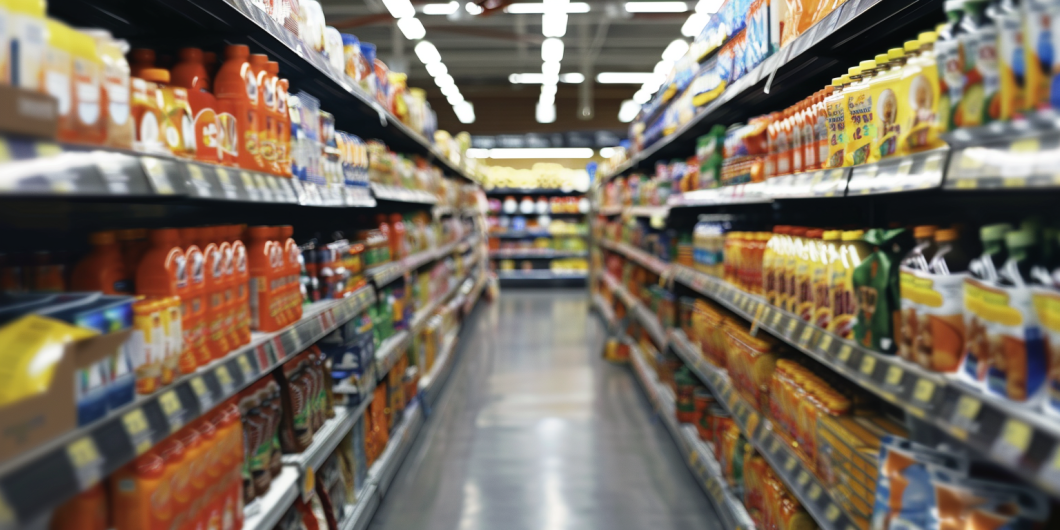Introduction:
Packaging regulations are pivotal for ensuring product integrity, meeting consumer expectations, and maintaining legal compliance in global markets. Let’s explore three critical focus areas regarding packaging regulations.
1. Material Selection and Sustainability:
Packaging materials must align with global regulations emphasising sustainability and environmental stewardship. Considerations include:
- Recyclability and Biodegradability: Compliance with regulations such as the EU Packaging and Packaging Waste Directive, which mandates targets for packaging recycling and restricts the use of non-recyclable materials.
- Restricted Substances: Adhering to regulations like the US Food Contact Materials Regulation and REACH in the EU, which restrict the use of harmful chemicals such as heavy metals in packaging materials.
- Extended Producer Responsibility (EPR): Complying with EPR programs in various regions, where producers are responsible for managing packaging waste throughout its lifecycle.
Meeting these regulations not only promotes environmental sustainability but also enhances brand reputation and consumer trust.

2. Labelling and Consumer Information:

Packaging regulations govern the labelling and provision of essential information to consumers. Consider:
- Nutritional Labelling: Compliance with regulations like the US FDA Nutrition Labelling and Education Act (NLEA) and EU Food Information to Consumers Regulation, which mandate nutritional labelling for products.
- Language and Localisation: Adhering to language and localisation requirements in target markets, ensuring packaging labels are clear and comprehensible to consumers.
- Health and Safety Warnings: Compliance with regulations requiring health warnings for products containing alcohol, caffeine, or other potentially harmful substances, such as regulartions found in Australia and Canada for example.
Transparent and accurate labelling fosters consumer trust and facilitates market access.
Stay ahead with real-time updates on the latest news:
3. Packaging Safety and Compliance:
Ensuring packaging safety and compliance is essential to prevent contamination, maintain product quality, and protect consumer health. Consider:
- Food Contact Materials Regulations: Compliance with regulations like the US FDA Food Contact Substance Notification Program and the EU Framework Regulation, ensuring packaging materials do not pose risks to human health.
- Tamper-Evident Packaging: Implementation of tamper-evident packaging features to prevent contamination and tampering during transportation and storage, meeting requirements set by agencies like the US FDA.
- Transportation and Handling Requirements: Adherence to regulations ensuring packaging withstands transportation and handling stresses while preserving product integrity, such as guidelines provided by the International Safe Transit Association (ISTA).
Robust quality assurance processes and regular audits are essential for packaging compliance and consumer safety.

Future Trends:
Looking ahead, companies should anticipate future trends in packaging regulations, including:
- Increased Emphasis on Circular Economy: Anticipate stricter regulations promoting circularity and waste reduction in packaging materials.
- Advancements in Sustainable Packaging: Expect innovations in sustainable packaging materials and technologies to meet evolving regulatory requirements and consumer preferences.
- Digitalisation and Traceability: Embrace digital solutions for supply chain traceability and transparency, aiding compliance with regulatory reporting and recall requirements.
Adapting to these trends will be crucial for maintaining regulatory compliance, enhancing brand reputation, and driving sustainable growth across industries.
Conclusion:
In navigating the complex landscape of packaging regulations, companies must prioritise sustainability, transparency, and consumer safety. By staying informed, adaptable, and proactive in addressing regulatory challenges, companies can ensure compliance, mitigate risks, and seize opportunities for growth in global markets.
